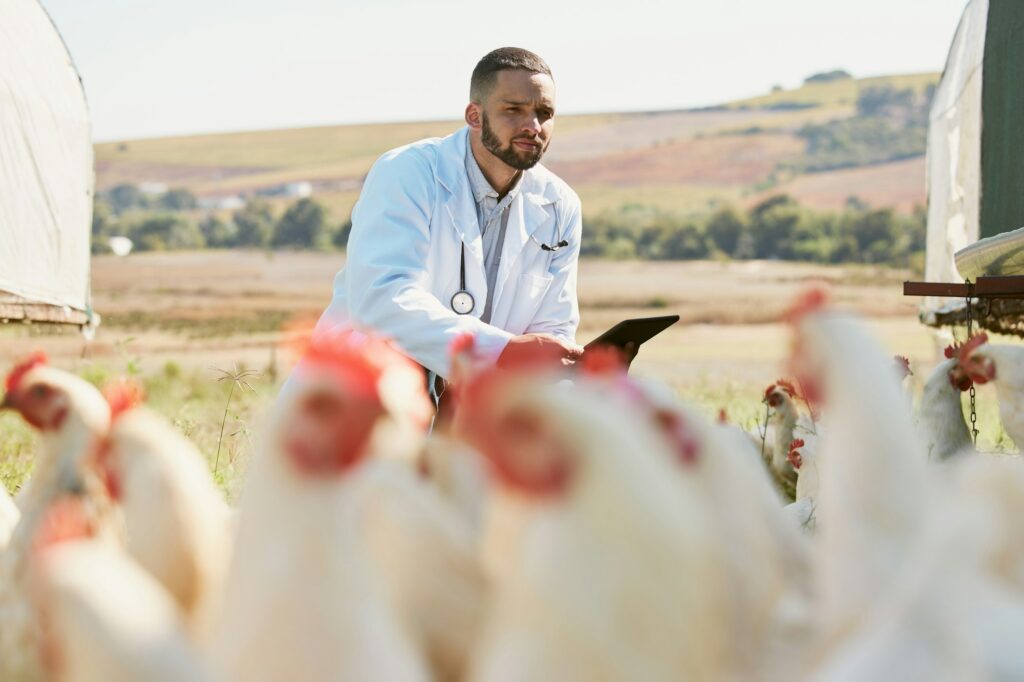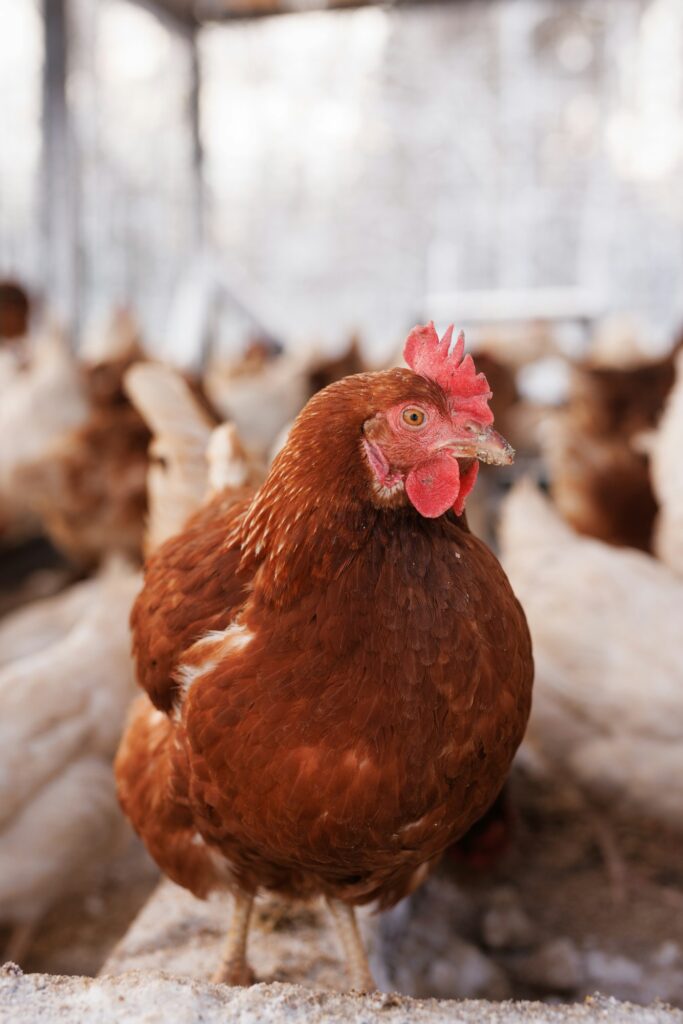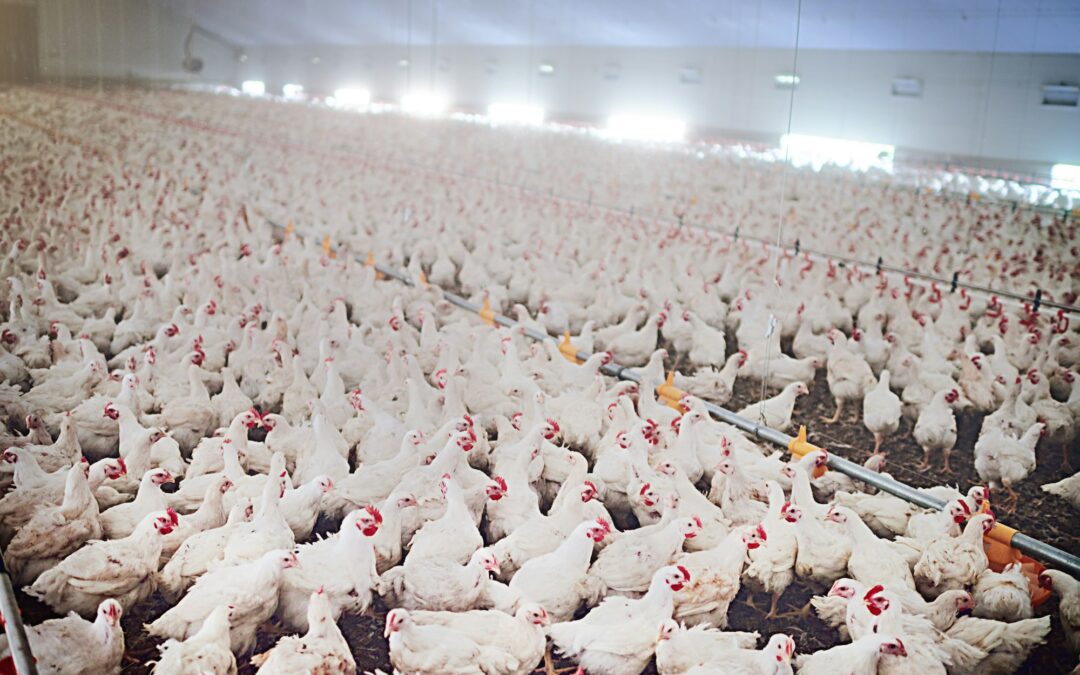In the poultry industry, reducing stress in chickens during processing, transport, and slaughter is vital for ensuring meat quality. As scholars in this field, we understand the importance of creating a conducive environment for the birds to prevent unnecessary distress. Stressful conditions can significantly compromise the quality of the poultry carcass, impact meat tenderness and overall taste.
This article explores effective strategies to minimize stress in chickens during unloading, processing, and transportation.
- 1 Understanding Bird Stress
- 2 Strategies to Minimize Stress
- 3 Technological Innovations in Poultry Stress Reduction: The Case of LaserLife®
- 4 The Importance of Reducing Stress in Poultry
- 5 Exploring Other Products in the Range
- 6 Importance of Training and Education in Poultry Handling
- 7 Technological Advancements in Managing Chick Stress
- 8 Wrapping Up the Discussion
Understanding Bird Stress
Research available on Google Scholar and PubMed suggests that stress in birds, especially chickens, can negatively affect meat quality. During the processing period, stress often arises from poor handling techniques, incorrect temperature settings, and inadequate water and feed supply.
Bird stress involves a series of physiological responses that can adversely affect growth performance, feed conversion, and carcass quality. Poultry stress can lead to conditions such as pale, soft, and exudative (PSE) and dark, firm, and dry (DFD) meat, both of which are detrimental to meat quality and have negative impacts on the sensory attributes of poultry products.
Strategies to Minimize Stress
Implementing strategic measures during unloading can significantly decrease the incidence of stress in chickens. Here, we will discuss some of these strategies:

Reduce chick stress
Ensuring Proper Handling
Proper handling of birds is paramount when unloading. Handlers should be well trained to avoid causing injury or unnecessary stress to the birds. It is also advisable to avoid overcrowding during transport and unloading, as this can lead to a significant increase in stress levels.
Maintaining Appropriate Temperature
The transport environment’s temperature significantly influences the birds’ welfare. Both extremely high and low temperatures can cause stress in birds. Therefore, it is essential to maintain a suitable temperature during transport and unloading.
Providing Adequate Water and Feed
Adequate supply of water and feed is essential to reduce the incidence of stress in chickens. Inadequate nutrition can lead to dehydration, which is a significant stressor for birds. It is crucial to ensure that birds have access to fresh water and feed during transport.
Technological Innovations in Poultry Stress Reduction: The Case of LaserLife®
In recent years, various technological innovations have been developed to reduce chick stress during handling and transport. LaserLife® is a unique technology that identifies rotten eggs at the transfer time. With its dual sensor analysis, LaserLife® can categorize each egg as either live, dead, contaminated, or clear, allowing for the removal of nonviable eggs before incubation, thus improving biosecurity.
LaserLife® works through the careful laser analysis of the eggs. The refraction patterns are used to determine the nature of the unfertilized eggs. Fertile eggs are identified using heat emission analysis in addition to an infrared scan.
The technology is high speed and can handle up to 100,000 eggs per hour. It is versatile and adaptable to different crate sizes. The data collection system in place ensures that the process is traceable.
The Importance of Reducing Stress in Poultry
Reducing stress in poultry is not just about improving meat quality. It is also about ensuring the welfare of the birds. Stressful conditions can lead to an increase in bacterial contamination and the incidence of explosive eggs, which increase late embryo mortality, reduce hatchability, and result in poor chick quality.
By effectively removing dead embryos and rotten eggs, technologies like LaserLife® improve hatchability and chick health. Chicks with lower bacteriological challenge at hatch present a better chick quality index and better chick health status.
Exploring Other Products in the Range
In addition to LaserLife®, other products can help reduce chick stress during handling and transport. These include the Chick Counter and the Tray Unloader. Both of these technologies are designed to streamline the handling process and reduce the potential for causing stress or injury to the birds.
Handling and managing poultry can be a challenging task, but with the right strategies and the use of innovative technologies, it is possible to reduce stress in birds significantly. This will not only improve the quality of the meat but will also have a positive impact on the overall welfare of the birds.
Importance of Training and Education in Poultry Handling
Training and education play a crucial role in minimizing stress in chickens during unloading, processing, and transport. According to Google Scholar and PubMed research, poor handling techniques often lead to bird stress, which adversely affects carcass quality and meat tenderness. Implementing proper handling strategies can significantly reduce these negative impacts.
Comprehensive training of handlers is key. They should be well versed in correct handling techniques to avoid causing unnecessary stress or injury. Overcrowding during transport and unloading is a common issue that can be mitigated through proper training. Handlers should be taught to create a conducive environment that ensures chickens’ comfort and safety.
Education on the importance of bird welfare is also crucial. It should include topics such as understanding stress signals in chickens, implementing feed withdrawal strategies, and maintaining an appropriate temperature during transport. Through this, handlers can learn to prioritize animal welfare, which ensures meat quality and improves overall productivity at poultry processing plants.
Technological Advancements in Managing Chick Stress
Technological advancements in the poultry industry have revolutionized the way we manage chick stress. LaserLife® is a notable example, especially for its ability to improve biosecurity through early identification and removal of non-viable eggs.

This technology works through a careful laser analysis of each egg, categorizing it as either live, dead, contaminated, or clear. This allows for the removal of nonviable eggs before incubation, thereby reducing stress and increasing the overall health of the chicks.
The incorporation of such technology into poultry processing plants is a significant step forward in managing bird stress. Additionally, other technologies like the Chick Counter and Tray Unloader also contribute to reducing stress during transport and handling.
Wrapping Up the Discussion
Reducing stress in poultry is a multi-faceted task that requires a combination of proper training, education, and technology. It’s not merely about improving meat quality but also about upholding animal welfare standards. Stressed birds are more likely to suffer from health issues, leading to bacterial contamination or conditions like PSE and DFD meat.
Stress management in chickens necessitates an understanding of birds’ needs and the potential stressors in their environment. This includes avoiding overcrowding, maintaining appropriate temperatures, and ensuring an adequate supply of water and feed.
Technologies like LaserLife® have made significant strides in reducing chick stress, particularly during the critical period of incubation. However, it’s equally important to explore other products like the Chick Counter and Tray Unloader, designed to reduce stress during handling and transport.
In conclusion, the combination of proper handling practices, adequate training and education, and the use of advanced technology is key to reducing stress in chickens. Not only does this lead to a higher meat quality and improved productivity, but it also ensures the overall welfare of the birds, a crucial aspect in the poultry processing industry.
